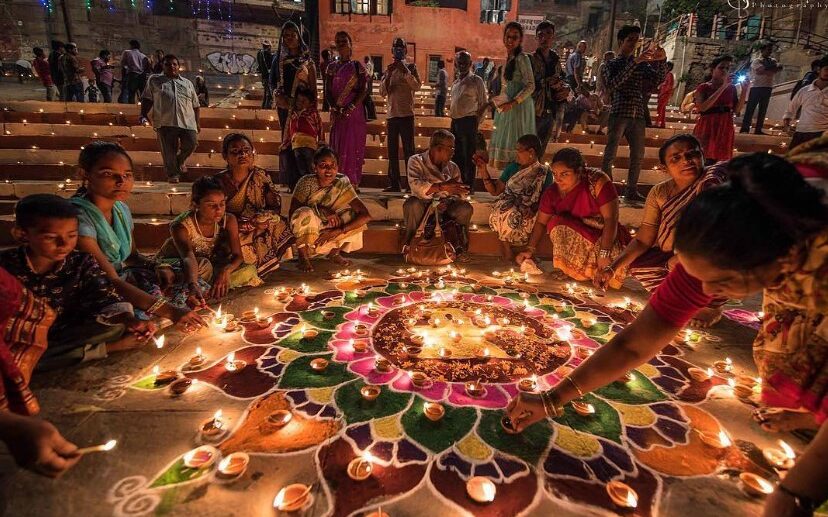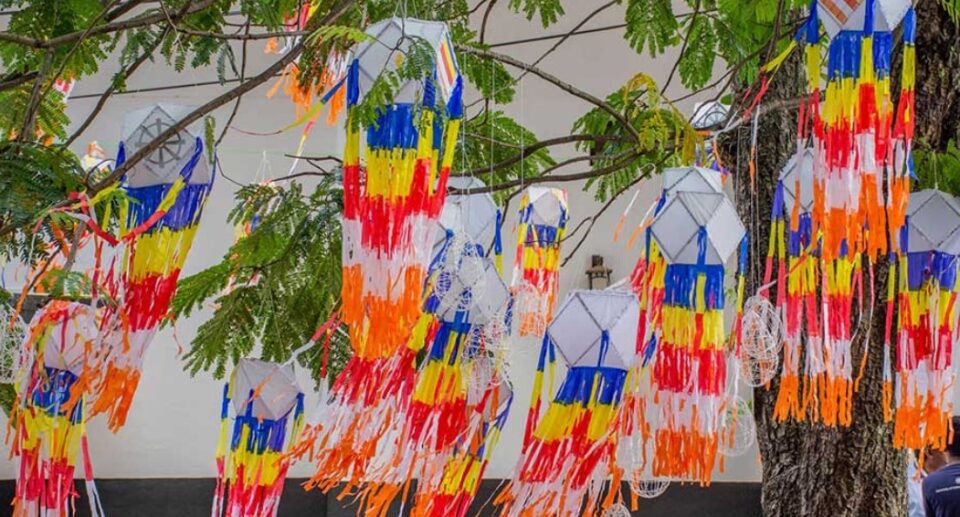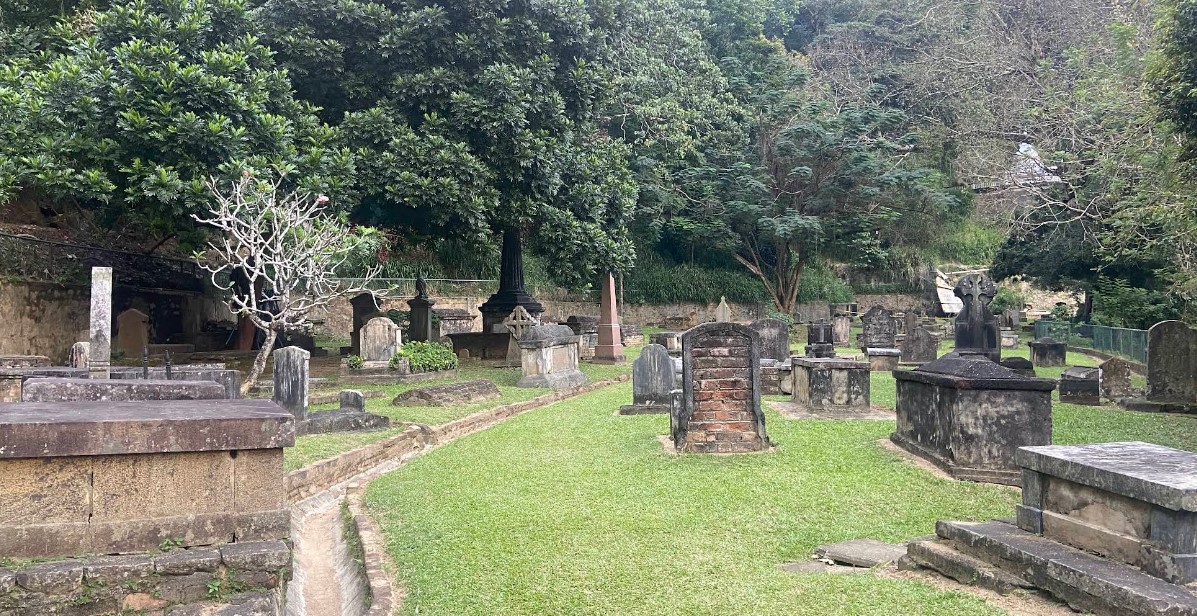Sinhalese New Year: A Celebration of Tradition, Culture, and Renewal
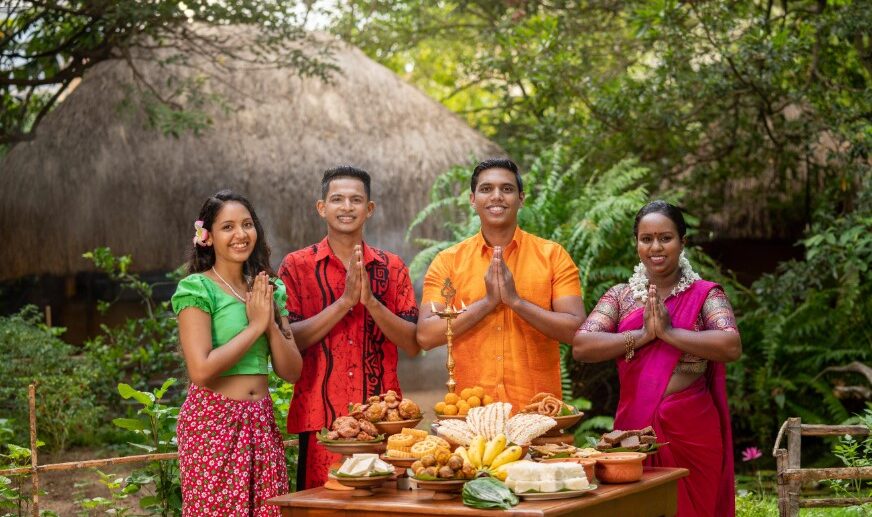
The Sinhala Aluth Avurudda, or the Sinhala New Year, is one of Sri Lanka’s most vibrant and culturally abundant celebrations. It is observed each April, and while it is the beginning of a new year for the Sinhala people, it is also a time of harvest, renewal, family bonding, and spiritual rejuvenation. Based deep in astrological heritage and agricultural cycles, the Sinhala New Year is especially unique in its blending of ritual, festivity, and solidarity, cutting across religious and ethnic lines, as it is celebrated by everyone at the same time by the Tamil community too (as Tamil Puthandu).
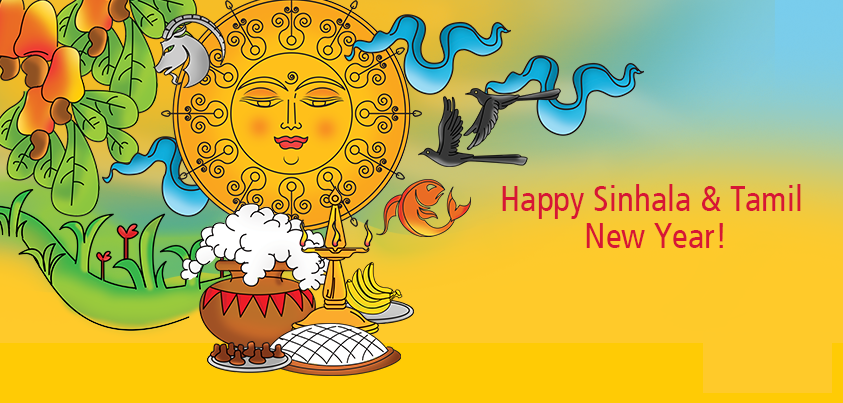
The Astrological Significance
Sinhala Aluth Avurudda would always fall between the 13th of April and the 14th based on ancient astrology. Moving into the new year from the last one is recognized as “Sankranthiya”, when the sun transitions from the Meena Rashiya (Pisces) to the Mesha Rashiya (Aries). The day marks the initiation of a single sun cycle and the termination of another.
Unlike the Gregorian calendar, where the new year begins at midnight, in Sinhala New Year, there is a neutral period known as “Nonagathe”, where people halt all work, cooking is avoided, and religious rituals such as temple visits and meditation or prayer. It is an era of cleansing, where the slate from the past is symbolically cleared.
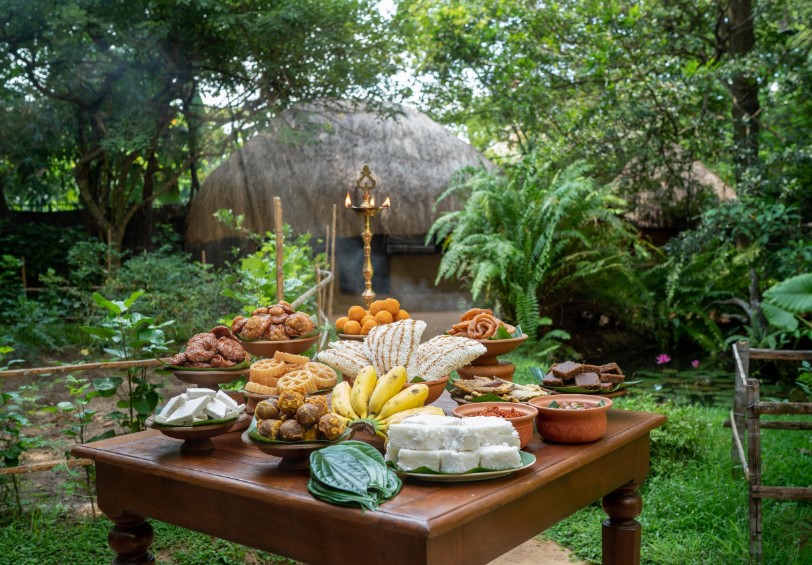
A Festival of Nature and Agriculture
Aluth Avurudda naturally relates to cultivation, in particular, to the harvest season. April is the time when the rice paddy harvest completes in Sri Lanka in general. It was the conventional time announced as a thanksgiving ceremony to nature deities and sun god for a satisfactory harvest.This agricultural significance continues to this day, as the festival symbolizes prosperity, plenty, and thanksgiving, and is a time to share the harvest of the land with family, neighbors, and the poor.
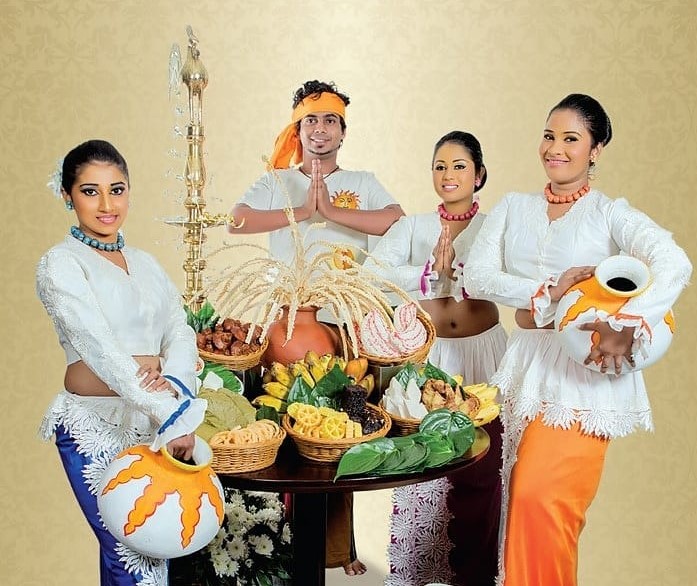
Rituals and Traditions
Sinhala Aluth Avurudda is not just celebration—it’s about performing age-old rituals and customs at astrologically appointed times. Every activity—cooking, eating, even starting new work—is done in accordance with the nekath, or auspicious times.
- Preparation and Cleansing
Residences are thoroughly cleansed and decorated during the time of the new year. Cleaning itself has the symbolic connotation of having a fresh start, eliminating undesirable energies, and embracing good fortune. People buy new clothes, re-paint their houses, and wash ancient cooking utensils and cutlery. - Lighting the Hearth (Lipa Gini Mangalya)
One of the most important rituals is lighting the hearth to cook the first meal of the year, usually at a propitious hour. This ceremony, called “Lipa Gini Mangalya”, is usually led by the mother or eldest woman of the family and heralds the preparation of milk rice (kiribath) to symbolize prosperity and purity.
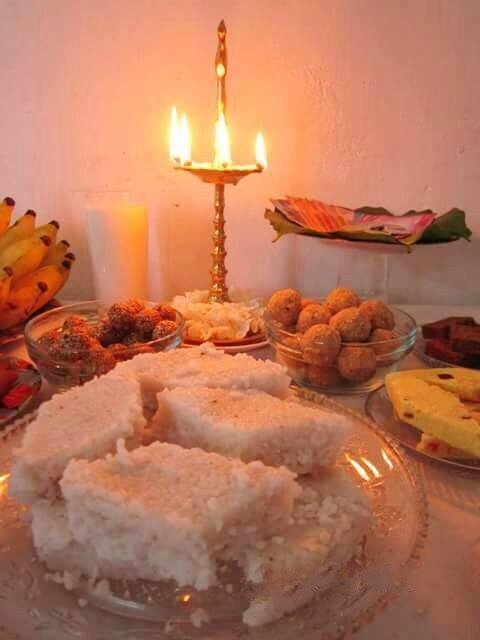
- First Meal (Ahara Anubawaya)
The first meal is a ceremonial meal with kiribath, kokis, aluwa, kavum, mung kavum, athirasa, banana, and sweetmeats arranged tastefully on a table. The families sit together to enjoy the meal, depicting unity and blessings shared among each other. - Anointing with Herbal Oil (Hisa Thel Gema)
On the second day following the beginning of the new year, people hold herbal oil anointing ceremonies based on guidance by elders or monks. They anoint their forehead with a special herbal oil to maintain their health and blessings for the new year. The direction in which they face and which leaves to use change annually according to astrology. - First Visit to Work (Weda Alleema)
People begin their first official work activity of the year at an astrologically scheduled time. This act symbolizes diligence, commitment, and accomplishment. It is a way of starting the new year with intention and purpose. - Transactions and Exchange of Gifts
The Ganu Denu practice (giving and taking) is highly emphasized. People engage in auspicious exchange, give money, clothing, or presents to relatives and friends, and often visit the elderly to seek their blessings.
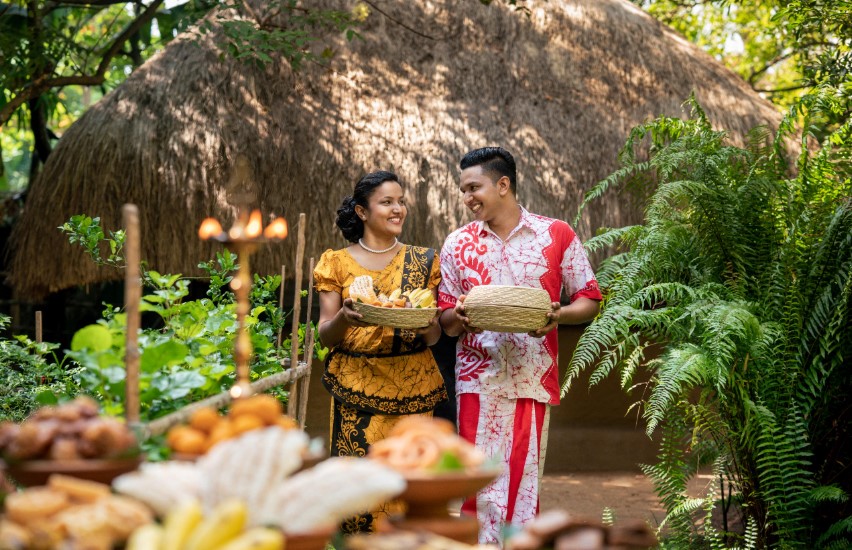
Cultural Activities and Celebrations
Besides rituals, Aluth Avurudda is a time of celebrations, community activities, and traditional games.
- Avurudu Kreeda (New Year Games)
Villages and towns organize avurudu games that bring the masses together, regardless of class or age. The most popular games are: Kotta pora (pillow fight), Kana mutti (blindfolded breaking of a pot) Tug of war (kamba adeema), Sack races, Greased pole climbing
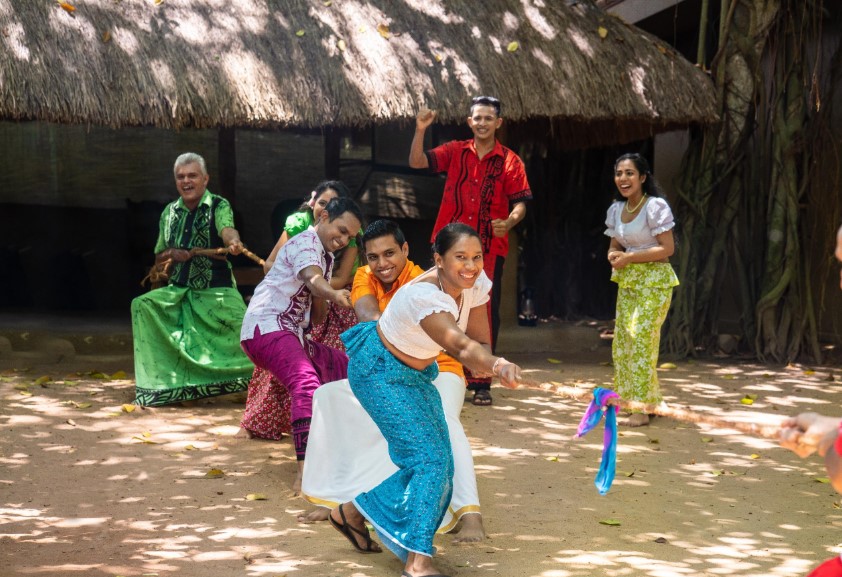
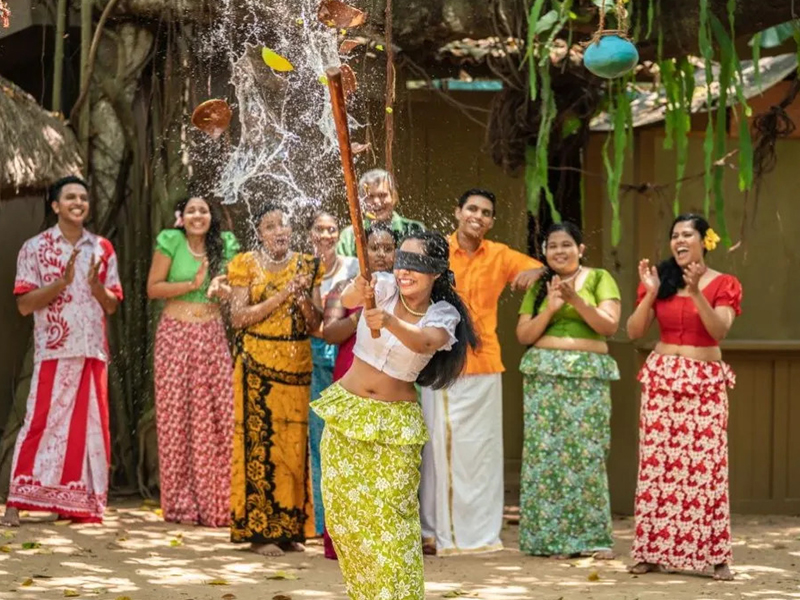
The games promote a spirit of togetherness, friendly competition, and joy.
- Avurudu Kumari Contests
In schools and villages, there is a competition to crown the Avurudu Kumari (New Year princess), to honor beauty, elegance, and traditional attire. The girls wear Kandyan sarees or osari, and demonstrate traditional talents like cooking or singing.
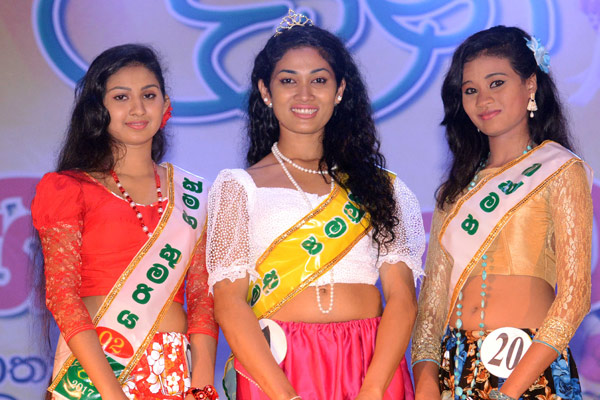
Food and Cuisine
The Sinhala New Year spread is gastronomic heaven, with a demonstration of the diversity of Sri Lankan sweets and savory snacks. The centerpiece includes:
Kiribath – Milk rice, symbolizing purity and prosperity
Kavum – Fried sweet of rice flour and treacle
Kokis – Crispy snack made of rice flour and coconut milk, flower-shaped with a flower mold
Aluwa – A sweet fudge made with rice flour and sugar
Mung kavum – Green gram version of kavum
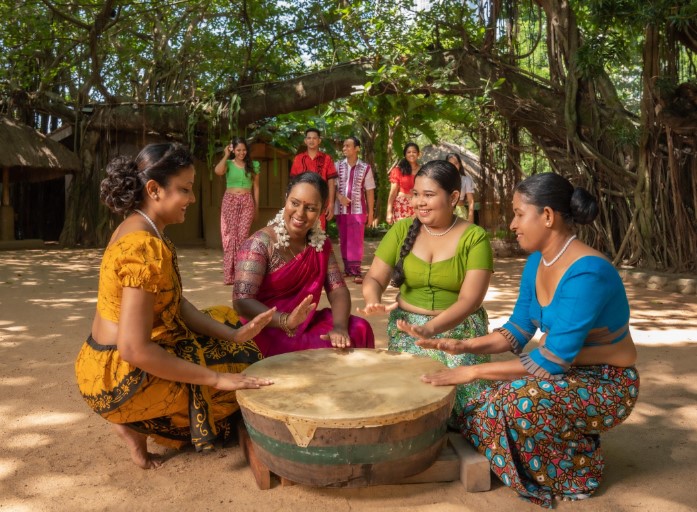
Banana and juggery , Sharing food with relatives and neighbors is customary, showing hospitality and friendship.
Spiritual and Social Values
Sinhala Aluth Avurudda commemorates some core Sri Lankan values: Family bonding – Families assemble, typically from different parts of the nation. Respect for elders – The young visit and pay respects to elders, requesting blessings. Participation and open-handedness – Food, cash, and gifts are shared readily. Harmony – The celebration is practiced by Sinhalese Buddhists as well as Tamil Hindus, thereby a symbol of multi-ethnic coexistence.
The majority visit temples for the purpose of engaging in Buddhist rituals, making donations to monks, and adhering to Dana, Sila, and Bhavana (almsgiving, virtue, and contemplation).
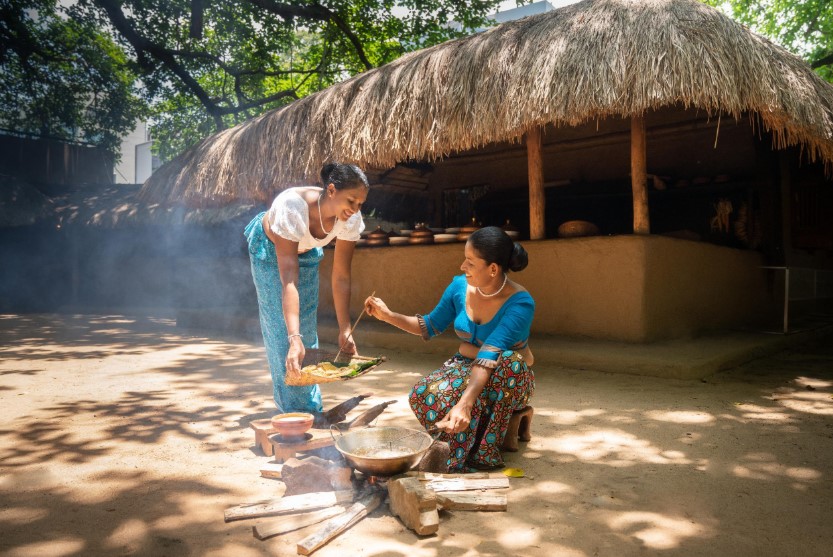
Contemporary Changes
While there is a retention of most tradition, the Sinhala New Year has adapted in some ways for the modern day: Working parents in urban settings can celebrate modestly. Televised Avurudu shows, songs, and competitions bring the holiday into people’s living rooms. Internet-based e-greeting cards and e-gift vouchers are now integrated into the ritual of handwritten greeting cards. Green festivals with nature decorations and reduced plastic have followed due to environmental awareness. Despite modernization, renewal, respect, and fellowship are maintained at their core.
A New Year of Hope and Unity
The Sinhala Aluth Avurudda is more than a New Year it’s a symbol of Sri Lankan heritage, the place where nature, spirituality, and culture intersect. It affirms family, reaffirms social values, and strengthens national unity. In a world that is increasingly fast-paced and personalized, Aluth Avurudda is a precious tradition that encourages people to pause, reconnect, and begin a new year with appreciation, purpose, and celebration.
| Date | 13 or 14 April, an auspicious date in the month of Bak (April) (by the Shalivahana era) |
|---|





